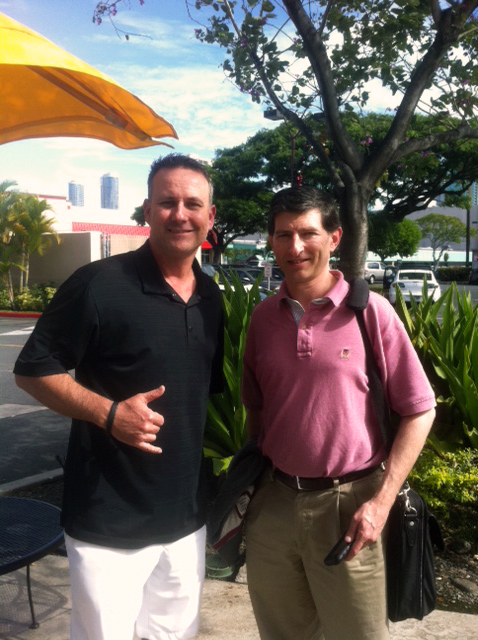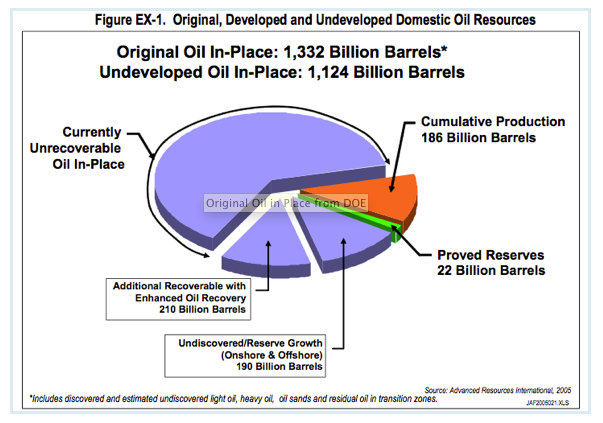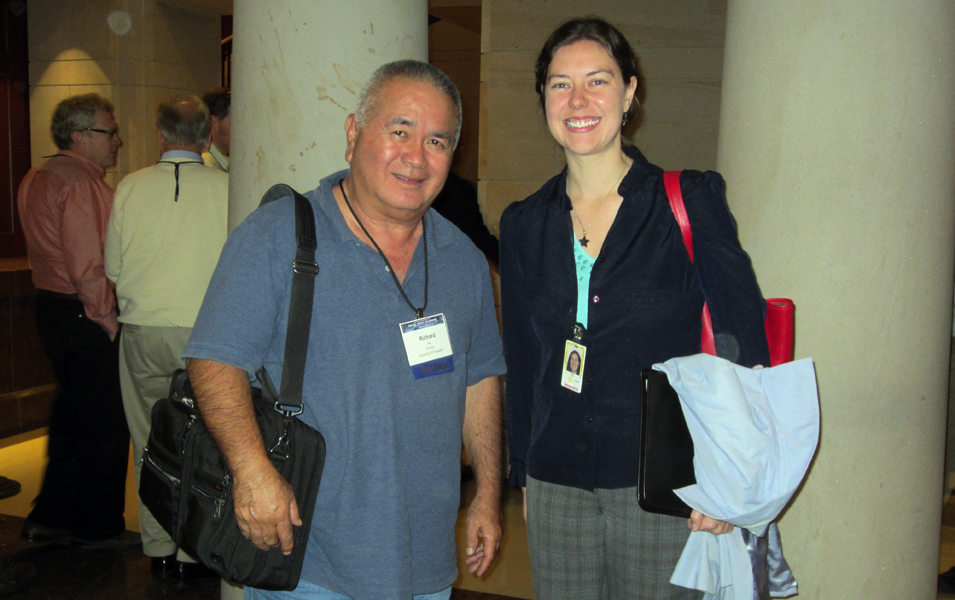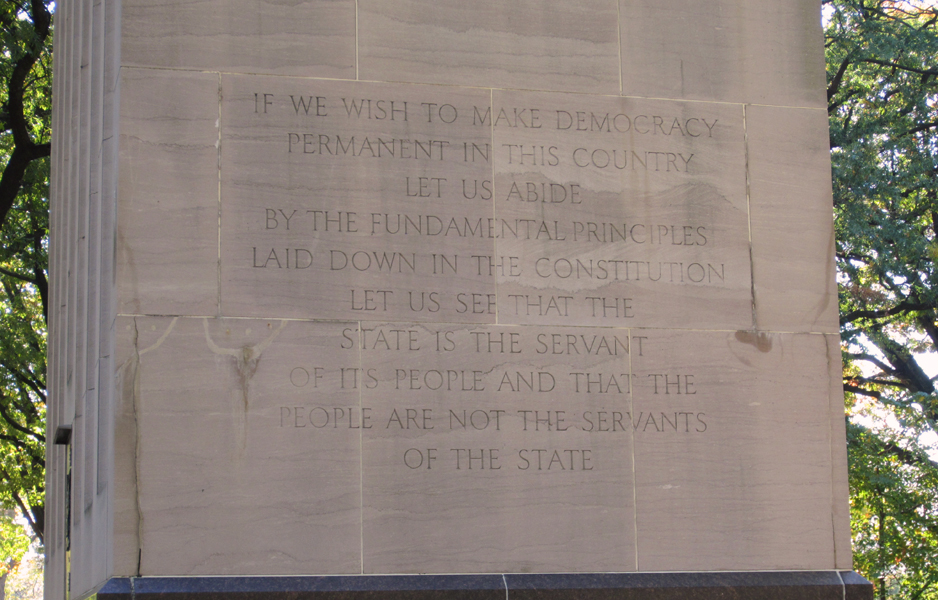Update: Vinod Khosla and I have discussed his claims. That conversation is documented here.
Who is Vinod Khosla?
When an influential person begins to affect energy policy decisions – decisions that will have a huge impact on all of our lives – we better take a critical look at the claims that person is pushing. You can’t discuss ethanol for long with an ethanol proponent without having them mention the endorsement of Vinod Khosla. If you don’t know who Khosla is, here are a couple of blurbs from his Wikipedia biography:
Vinod Khosla is an Indian American venture capitalist who is considered one of the most successful and influential personalities in Silicon Valley. He was one of the co-founders of Sun Microsystems and became a general partner of the venture capital firm Kleiner, Perkins, Caufield & Byers in 1986. In 2004 he formed Khosla Ventures.
Vinod was featured on Dateline NBC on Sunday, May 7, 2006. He was discussing the practicality of the use of ethanol as a gasoline substitute. He is known to have invested heavily in ethanol companies, in hopes of widespread adoption. He cites Brazil as an example of a country who has totally ended their dependence on foreign oil.
Why Khosla Must be Challenged
I have previously made the case that Khosla’s claims don’t stand up to scrutiny. However, I recently got an e-mail from a reader who had watched a video presentation by Khosla. He had been referred to the video by a blog, where a poster wrote: “this is actually starting to sound like a rational plan to me.”
…In addition, another e-mail recently called my attention to a coast-to-coast road trip being fueled by E85:Kick the Oil Habit Road Trip. In one of the blog entries from the trip, there is a conversation between the driver of the E85 car (Mark Pike), Tom Daschle, and Vinod Khosla. The conversation is archived at:
Sen. Tom Daschle & Vinod Khosla talk Ethanol [ed’s note: this link is no longer active]
I documented my impressions of the exchange at:
RR Critiques the Road Trip
For me, the most disturbing part of the exchange came when Mark Pike said: “If the technology is good enough for Mr. Khosla, it’s good enough for me. I know that guy has done his research, so I trust him. I will leave all of the scientific data and research to him.”
There we come to the crux of the matter: People trust that he knows what he is talking about. The Wikipedia biography says he is “successful and influential.” Make no mistake; he is influencing people in this ethanol debate, including political leaders. Khosla is convincing people that his projections are viable. Yet, are they carefully scrutinizing his claims? No, because they trust him. Yet claims like his, will dampen conservation efforts, and Americans will not be prepared for Peak Oil. After all, Khosla, a guy they trust, says we are going to produce enough ethanol to replace our oil imports….
Robert came under immense pressure for his article because he was going against the conventional wisdom of the day. He was even accused of being an obstructionist. I liked his approach, though, because he is always interested in the greater good.
And at the end of the day, it turns out, Robert was right.
I first became aware of his work when I went to the Peak Oil conference in 2007. Then I missed the 2008 conference, but went to the 2009 conference in Denver. By that time, biofuels were starting to get traction in Hawaii.
We farmers thought the whole idea was iffy because we knew that a barrel of oil weighs over 300 pounds and when oil is $100 per barrel each pound of oil is worth 30-something cents. So if we had to grow four pounds of stuff to get out one pound of liquid, we knew that the most we could earn for the stuff was less than 10 cents per pound. Forget it.
I admired Robert’s tenacity and integrity, and I asked my friend Gail Tverberg if she would introduce us at the Denver conference. She sent him an email and I was amazed to find out that he had moved to Waimea and was sitting in Michael Saalfeld’s office at that moment. I called him and we have become good friends.
Robert writes the Rsquared blog. One of his interesting posts talks about how to do due diligence in order to evaluate a renewable energy technology. At the end of his post, he
suggests asking 10 questions.
Summary
To break this down into a short “cheat sheet,” here is a summary of some important questions that you want to ask. Try to corroborate answers by talking to employees or competitors.
- At what scale has the process been actually demonstrated, and is the process currently running?
- What is the source of raw materials for the process?
- What is being done with the product?
- What are the primary energy inputs into the process, and what is the energy balance?
- Will there be intermediate scale-up steps before a commercial facility is built?
- What are the key assumptions for a commercial facility (e.g., size, cost of production, location)?
- What is the presumed source and cost of biomass for a commercial facility?
- Has the process been proven on that specific biomass?
- What are the patent or patent application numbers relevant to the process?
- What prior work is most similar to yours, and who are your perceived competitors?
If you manage to get honest answers to those questions, you will be well on your way to burrowing through the hype to understand the true potential of a process.
This template is very useful, because we can put all proposed projects on an equal footing by comparing answers. It allows one to compare risks. If all a project’s costs are borne by private investors, then no harm/no foul. But if taxpayers or ratepayers are being asked to pay for the project, then one needs to know how much risk the tax/rate payer is assuming.
At the end of the day, the fundamental question is: Are we socializing the risk and capitalizing the return?
If we are going to socialize the risk and capitalize the returns, we cannot let our decisions be based on P.R. They must be based on a systematic analysis of the process.






